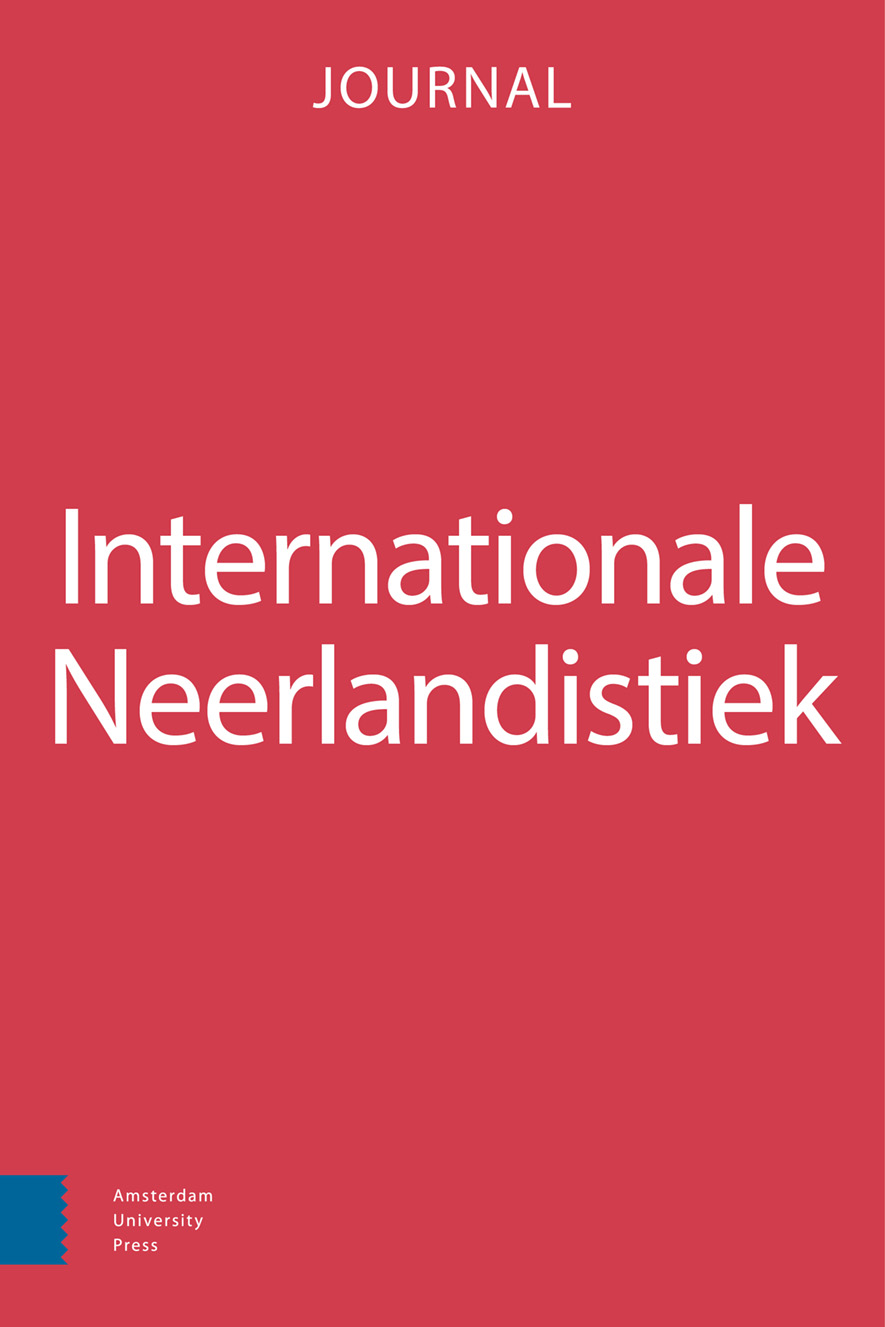-
oa Taalvariatie in audiovisuele vertalingen van ‘hartstikke nep’ tot ‘plezant’
- Amsterdam University Press
- Source: Internationale Neerlandistiek, Volume 62, Issue 2, okt. 2024, p. 137 - 157
-
- 01 okt. 2024
- Vorig Artikel
- Inhoudsopgave
- Volgend Artikel
Samenvatting
This article brings together several studies scrutinising language policy and practice with regard to linguistic diversity in Dutch-language audiovisual translation. It focuses on language variation in the two main Dutch audiovisual translation methods: subtitling (for adults) and dubbing (for children). Not only translation policy regarding the use of different varieties of Dutch, but also audiovisual translation practice is analysed to establish to what extent translation practice reflects this policy. Furthermore, reception studies among different target audiences of audiovisual translations are discussed. Some of the findings are that language policy sometimes thwarts translation choices in audiovisual translations, which has an impact on translation quality. Similarly, language attitudes relating to the linguistic standard may be changing, which could have an impact on audiovisual translation in the future. While streaming platforms today facilitate video on demand, allowing viewers to access content wherever and whenever they like, viewers often cannot choose the language settings of their preference. The reason for this is that the available settings tend to be rather limited, although technically speaking a wide range of different audiovisual translations can be added. They could then cater to the special needs or specific preferences of their heterogenous target audience.


